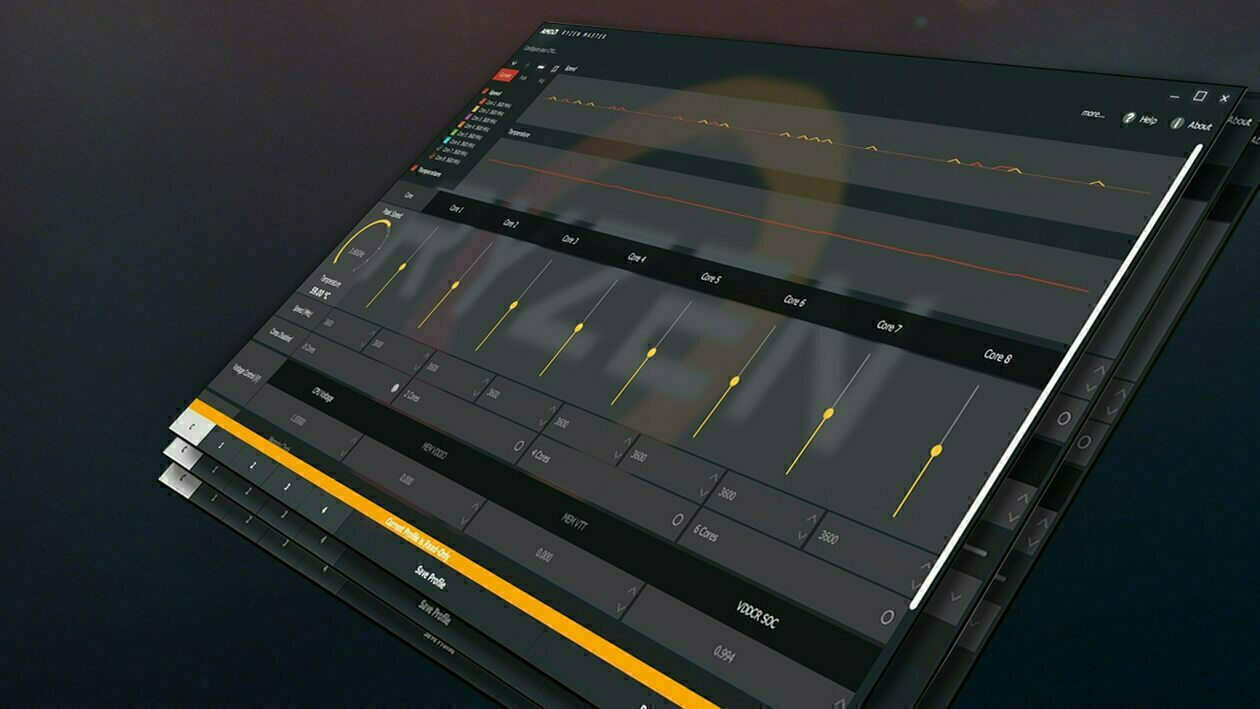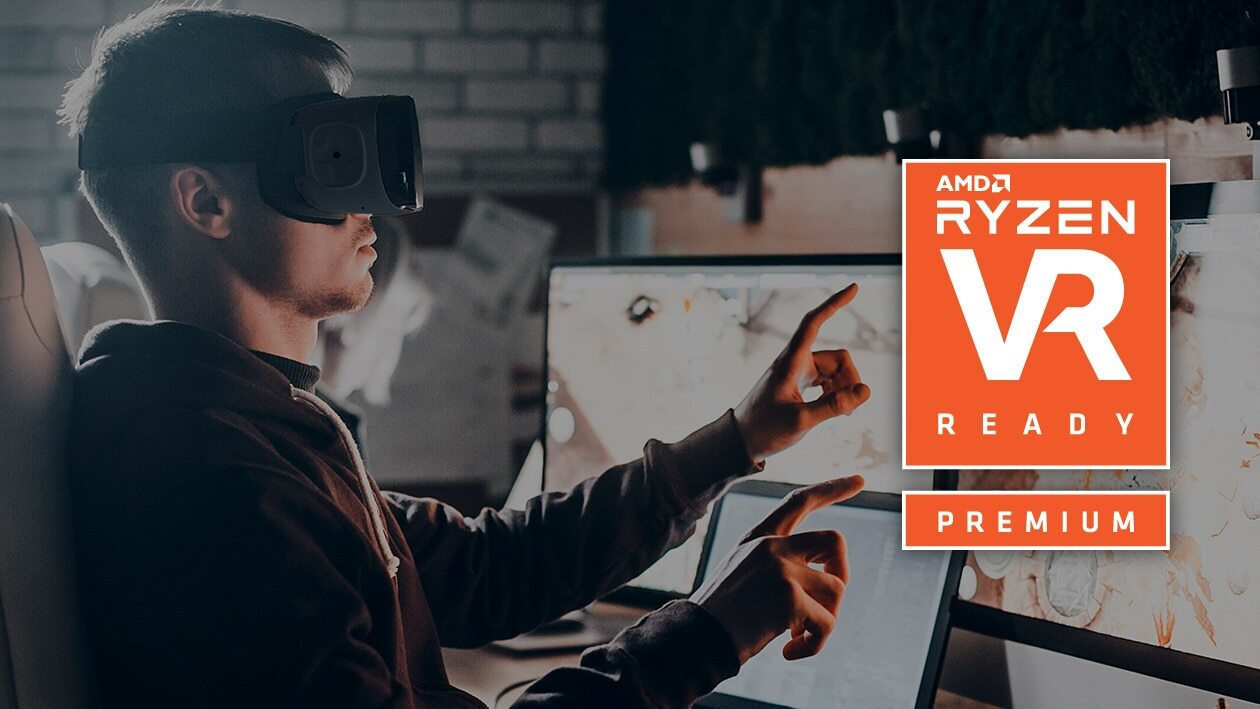Because I don't only play games on my computer, but also create videos, photos, etc., this processor is a one-way street if you want something extremely fast that can do it all, but at a relatively normal price that fits "normal" peripherals, without digging too deep into your pocket.
At the moment, the only thing that surpasses it in performance is the latest generation of Threadripper and, of course, some Intel Xeon processors that, along with expensive motherboards, special memory, special cooling, expensive power supplies, etc., can cost several thousand dollars in total for the computer!
Fortunately, since I only upgraded from the Ryzen 7 1800x, I only needed to change the processor and nothing else, thanks to AMD for keeping the AM4 socket the same and compatible with a huge variety of hardware (unlike Intel, which you never know what new socket they will come up with).
The motherboard I installed is one generation behind, the Asus Prime X-470 Pro, and I just needed to update the BIOS to the latest version for it to "see" the new generation of AMD processors before changing the CPU.
Of course, because the motherboard chipset is one generation behind, the processor may "lose" in performance (e.g. I can't take advantage of PCI Express 4.0, etc.), although in various benchmarks that I conducted, which focus exclusively on the processor and not the entire system, it is very close or has the same "official" performance as the new motherboards.
I haven't touched the memory yet (3200Ghz) and haven't dealt with overclocking or undervolting.
For the cooler, I got the Deepcool Assassin III, so there is room for a small overclocking in the future, as the temperatures are excellent. For example, during video encoding with Adobe Media Encoder, which lasted 11 hours in a room with a temperature of 20 degrees, the maximum temperature reached was 74 degrees, which is the highest I have ever seen!
For informational purposes, AMD claims that the 5800x, 5900x, and 5950x processors are designed (typical and by design) to reach temperatures of 90 degrees! (https://www.hardwaretimes.com/amd-temps-up-to-90c-are-typical-and-by-design-for-full-load-conditions/), while the 5600x reaches 95!
I don't know how much they missed in the design or if we have the case of the FX processors that fried eggs and cooked motherboards, but I'm not very willing to let it reach that point.
For this reason, I wouldn't use a cheap/mediocre cooler for such a processor. It's better to choose the best air cooling that fits your budget (and fits in the case) rather than having a mediocre cooler that struggles to keep it cool at 100% constantly (and fails), just to save 20-30 euros for a good air cooler. Also, with a mediocre cooler (or liquid cooling), because the processor (all processors, not just this one) will operate at higher temperatures, there will be thermal throttling, where the processor intentionally operates slower to keep the temperature low. So, if you compromise on cooling, forget about performance!
Anyway, in normal use, it never drops below 40-45 degrees, it generally has a very strange behavior. It can go from 45 to 70 and then drop suddenly. It probably has to do with the boost on each core and the fact that for normal applications (browser, movies, etc.) it only uses 1-2 cores that overclock for a few seconds and then return to normal speed. But it's really strange to see the temperature suddenly jump to 70-72 degrees during simple use, and with AIDA64 stressing the processor at 100% for almost 10 minutes, it never goes above 71!
In games, even though I'm not particularly into gaming, it is currently the fastest option as it surpasses even the top Intel processors. I even discovered that even the smallest model, the Ryzen 5900x with its 12 cores, surpasses all Intel processors! In fact, with the same humble and "ancient" graphics card GTX1050Ti, just by changing the processor, the FPS in games improved significantly. For example, the "Rise of the Tomb Raider" benchmark played with a minimum of 17 FPS with the 1800x, but with the 5950x, the minimum FPS "skyrocketed" to 28!
However, I do not recommend it as a processor for someone who exclusively plays games (unless they plan to build a system worth over 3000 euros). I think someone can comfortably play games (even with slightly fewer FPS) with a Ryzen 3700x or an Intel 10900 at half the price, and they can invest the rest in a much better graphics card, which will provide a much better price-to-FPS ratio.
Update: For some reason, with a slight overclocking and without adjusting any voltages, the idle temperature dropped (!!) to 37-42 degrees and remains permanently there. The maximum temperature under synthetic load remains at 70-71 degrees, while the performance in Cinebench r20 increased by about 5%. Maybe the BIOS still needs a few more updates regarding the boost of the cores, as I suspect that they constantly go up and down on their own, and it doesn't have the best thermal behavior. Since it's working better this way, I will leave it and see if any future BIOS updates will change anything. Not that I mind the extra 5% in performance and the lower temperature!
Update 2: I downloaded a BIOS update from March 2021, and the thermal behavior without overclocking returned to normal. The temperature now even drops to 32 degrees, and the crazy jumps from 45 to 70 degrees no longer occur. The performance has also slightly improved. Obviously, the BIOS of this specific motherboard needed some work, and it wasn't the fault of the processor itself.





























































